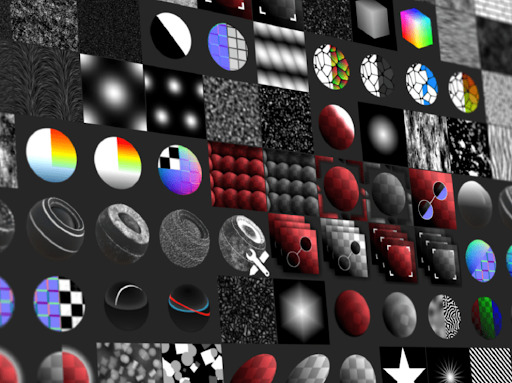

Guido Quaroni is the director of engineering and 3D immersive at Adobe, but before that, he was at Pixar, where he was responsible for open-sourcing USD. The Substance 3D tools are interoperable with a lot of the competition, though, as standards such as Pixar’s Universal Scene Description (USD) are spreading through simulation tools such as Nvidia’s Omniverse, Deguy said. Rival solutions come from Autodesk, Unity, and Unreal. By generating photorealistic renderings of products, companies like Ben & Jerry’s save time and money while creating lifelike images for marketing, promotion, and other uses. One example where the tools are useful is virtual photography. Due to the pandemic, most brands/companies had to discontinue all photo or video shoots. The toolkit also provides access to Creative Cloud’s fonts library, storage, and more. Modeler connects virtual reality and desktop for a more immersive design process and organic sculpting.Īnd the last tool is the 3D Asset Library, an expanded library of thousands of customizable 3D assets to feed creatives’ workflow. The third tool is Modeler, which will soon be available for private beta. Also, Adobe says this will help creatives curious about 3D quickly adopt and learn the tools because they are accustomed to the interface and the Creative Cloud, Deguy said. The Adobe Substance 3D Collection was designed to connect seamlessly with Adobe Creative Cloud in order to drastically help streamline this process, allowing 3D artists to switch between Substance, Photoshop, InDesign, and more. They need to jump between various tools as part of their workflows. One of the main concerns of 3D artists and designers today - whether in game development, VFX, or product design - is that the design process is really fragmented. And the collection isn’t just about tools - it also includes thousands of models, textures, lighting systems, and other assets designers can use to jump-start projects. Substance 3D uses artificial intelligence to eliminate much of the technical complexity of 3D design and features the “what you see is what you get” interface artists know from Photoshop or Illustrator. It is targeting a new generation of designers who are just starting to use 3D in their processes. We’re trying to make it more accessible.”īut Adobe isn’t making toys, either. Our tools are really well defined and easy to get into. Most of the actual 3D tools are really complex and complicated to learn. To be clear: these are filetypes that are exported from Substance 3D Designer and can be imported into some, or all other Substance 3D applications.“Creators and designers in other industries beyond the game industry are adopting these game technologies,” Deguy said. The application and its ecosystem use 4 different filetypes. This allows you to add endless control and variation to just a single asset.

Parametric: you can set-up to control nearly any aspect of a texture through a single slider or dropdown.
Substance 3d designer software#
You no longer have to perform baking in a separate software and perform lengthy import and export processes. Integrated Baking: access advanced, blazing-fast mesh baking tools right inside the software.It becomes much quicker to iterate and experiment, finding even more efficient workflows. Non-destructive: you can reverse any action without losing any of your work.No more need to separately author maps such as Basecolor, Roughness, Normal, etc.

Edit one mask or slider, and automatically any connected output is re-calculated.

For example, most of the procedural, smart content in Painter and Sampler was authored and exported from Designer. It means you are not limited to a single type of output (such as a unique material/set of textures for a UV-mapped mesh), but can create content for a much more extended set of uses. It allows you to author content for almost any usecase or scenario. In short, Substance 3D Designer should be seen as the most technical, advanced texturing application available.


 0 kommentar(er)
0 kommentar(er)
